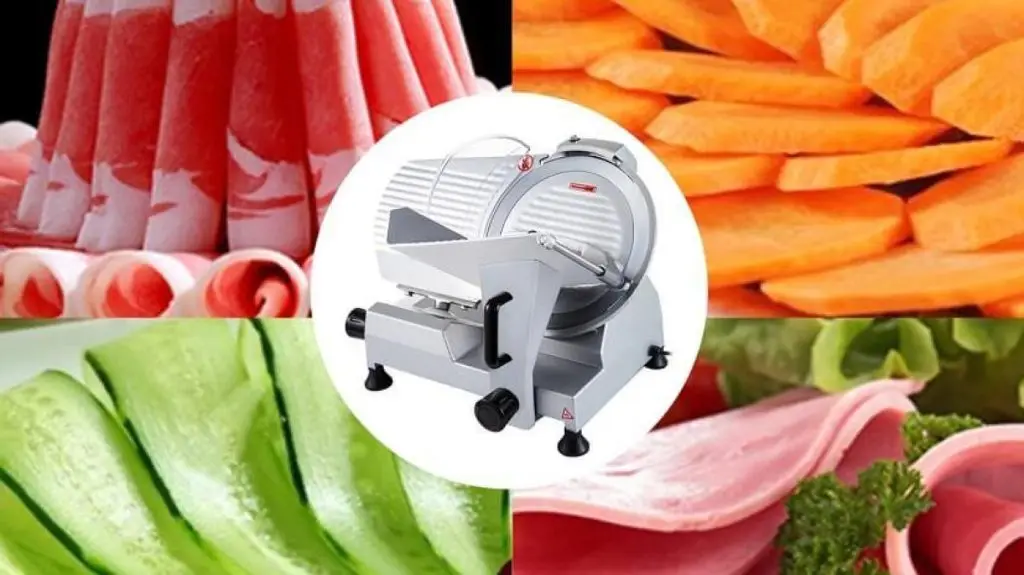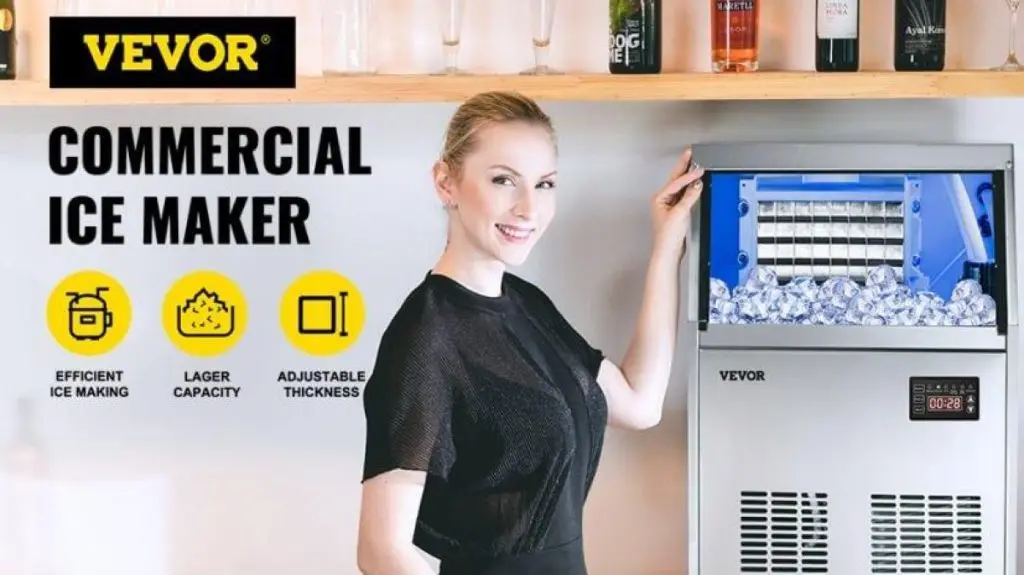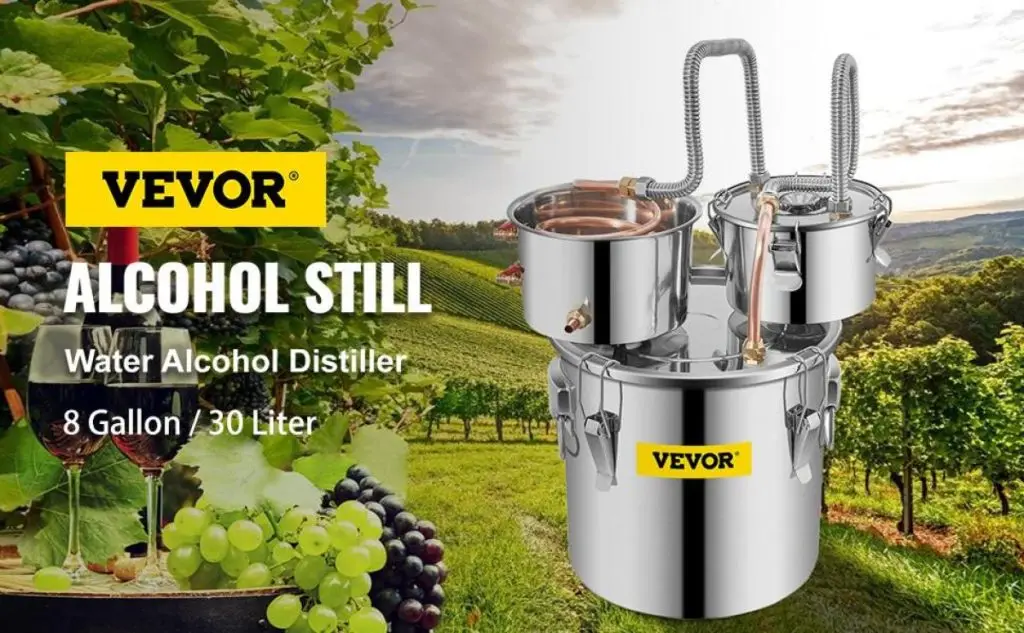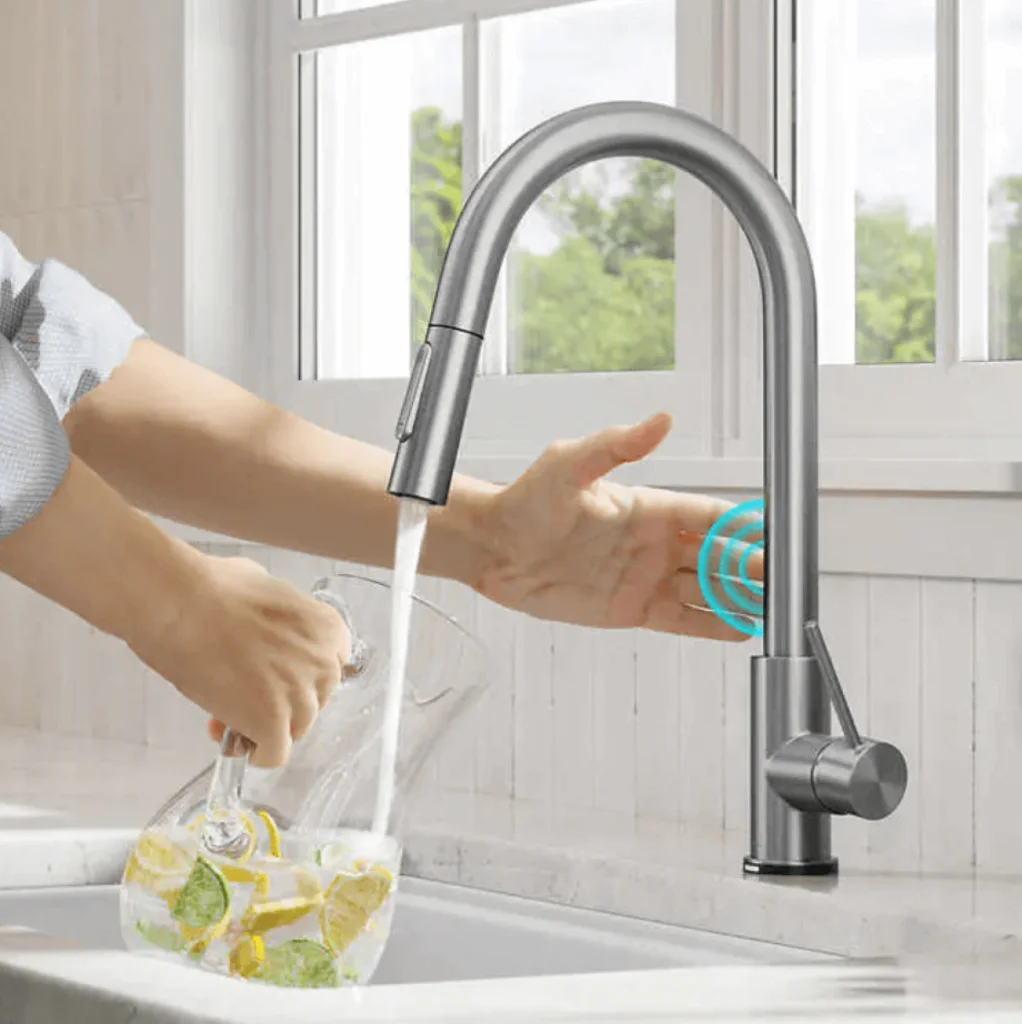Ice is very important when it comes to cooling beverages, preserving food, and making cold drinks such as cocktails, smoothies, and slushies’. People need to make ice for different reasons and it could be one or more of those mentioned above. Apart from the usual reasons for making ice, people also make ice for unconventional things such as to soothe minor injuries, preheat rice, remove gum from clothing or hair, and remove dents from carpets.
Ice is relatively easy to make and you don’t need any special knowledge to make it. However, there are different time frames for making ice. These time frames depend on a wide range of factors such as temperature, shape, and size of the ice maker, quality and quantity of water, and types of ice makers.
The purpose of this article is to dissect ice making, how long it takes to make ice, the science behind it, and the factors affecting the time it takes to make ice. This article will also offer guides and tips on ice-making. Before we dive into the crux of this article, let’s take a look at the science that backs ice-making.
Table of contents
The Science Of Making Ice
The science behind ice-making is fascinating. To get started with making ice, you need an ice mold. It could be an ice tray a silicon mold, or plastic bags. Whatever you choose, fill it with water and ensure it doesn’t spill over. Place the tray in the freezer and leave it for several hours to allow it to freeze all the way through.
The water freezes as a result of the molecule’s reaction when they get cold. When water settles down, its molecules slow down and come together in a very specific pattern, making them ice crystals. Water’s ability to take in and release heat without altering the temperature also contributes to the freezing process. Basically, water just needs to get and remain very cold for a long period for it to be transformed into ice.
Making ice is relatively straightforward, but the time frame for making ice varies. In the next section, we will discuss how long it takes to make ice.
How Long Does Ice Take To Make?
There are different factors that determine how long it takes to make ice. Some of these include the type of ice maker and its capacity, temperature, and density of the ice.
For a refrigerator, it takes about 2-6 hours to make ice. The time it would take to make the ice depends on the freeze speed you set the refrigerator to. Portable ice machines on the other usually take considerably less time to make ice. On average, it takes 20 minutes to make ice with a portable ice machine.
How long does an ice maker take to make ice? When it comes to making ice in large quantities, commercial ice machines are the ultimate. These machines can make ice in as little as one hour. Commercial ice machines have different features and capacities, and this also determines how long they make ice. But on an average, commercial ice machine take between 40 minutes and two hours to make ice. Just like the portable ice machine, the Nugget ice machine also takes considerably less time to make ice. The average estimated time to make ice with the Nugget ice machine is between 20-30 minutes.
Before you start making ice, ensure you consider the time it’ll take to make the ice before you settle for a particular method of ice-making. VEVOR ice cube trays are the best when it comes to ice making. They have a seamless design that allows you to make ice quicker than expected. To take us further, let us examine the various factors that affect the time it takes to make ice.
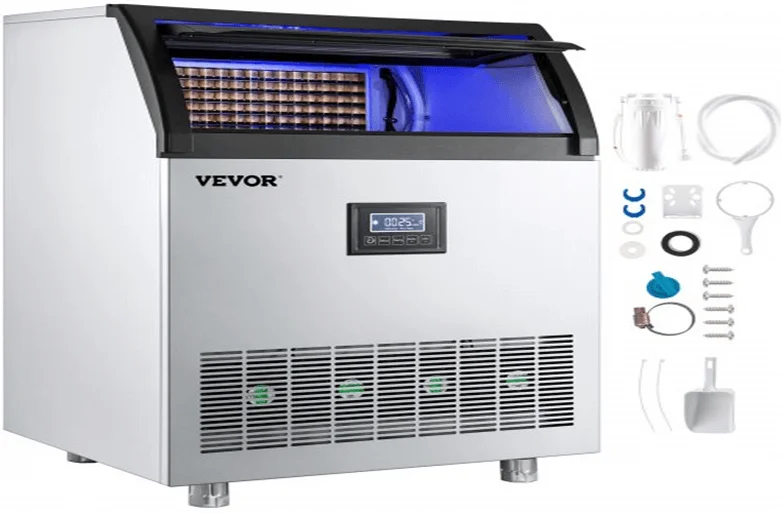
Factors Affecting The Time It Takes To Make Ice
As mentioned earlier, several factors affect the time it takes to make ice and this is what we’ll be discussing in this section.
- Temperature
One of the key factors that determine the time it will take to make ice is temperature. Basically, the lower the temperature of the refrigerator or ice maker, the faster it will take to freeze. Refrigerators usually have an average temperature of about 0°F (-18°C), this happens to be the best temperature for making ice. In addition, warm water is more likely to freeze faster than room-temperature water.
- Water Quality
This is another key factor that determines the time it takes to make ice. Water pureness significantly impacts the water’s freezing point. The higher the freezing point of the water, the quicker it freezes because it wouldn’t need a significantly cold temperature to freeze. This means that distilled water freezes way faster than unpurified water. However, when the water isn’t purified, the freezing point becomes lower and hence requires a colder temperature to freeze.
- Ice Tray Design
Before buying an ice tray, pay attention to the design because its design also affects the time it takes to make ice. Ice trays come in various shapes and sizes and ice trays with shallow compartments generally make ice faster compared to ice trays with deeper compartments. This is because the shallow ice tray has a lower quantity of water to freeze. In addition, ice trays made with silicone also freeze faster than plastic ice trays as they boast better heat conductivity.
- Air Circulation
Don’t pack your refrigerator or ice maker filled to the brim. When there is little or no air circulation, your ice takes a significantly longer time to freeze. Better airflow makes cold air flow freely and evenly, which results in lesser freezing time for your ice. So ensure enough space for ventilation to travel around in your refrigerator or ice maker.
- Frequency of Use
Appliances such as ice makers and refrigerators are prone to wear and tear, especially when used regularly for long periods. Your ice maker or refrigerator can struggle to keep up with the demands of ice-making if you’ve been using it for a very long time. Old ice makers and refrigerators might take more than to make ice compared to newer products. So if you are using an old ice maker or refrigerator and you think its performance is not up to par, then you should consider replacing it.
Now that you know the factors that affect how long it takes for ice to make, you are probably wondering if there are any strategies to cut short the time it’ll take your ice to freeze. Don’t worry, we’ve got you covered. Read on to learn the tips for quicker ice-making.
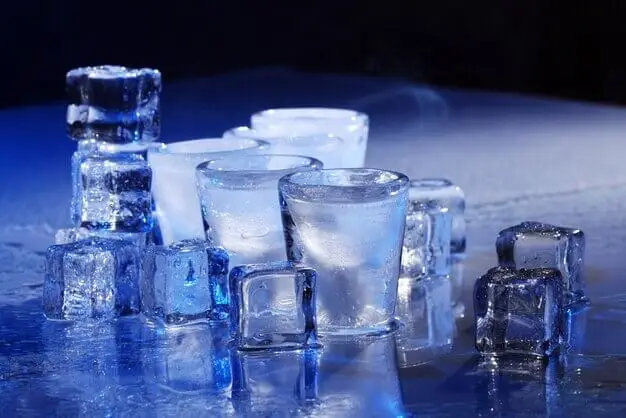
Tips For Quicker Ice-Making
Although ice-making time is generally decided by the factors discussed in the previous section, there are some tips and tricks you can follow to help you make your ice quicker. These tips are especially helpful if you need to make quick ice for cocktails, smoothies, or other drinks that have to be served in a short time.
- Use warm water
Warm water usually freezes faster than room-temperature water. This happens because hot water usually evaporates more quickly, reducing the water’s volume and requiring less time to freeze. You don’t need to use steaming hot water as using steaming hot water can damage the ice trays.
- Make use of small ice molds
Using small ice molds means that you have less water to freeze, and as a result, your water will freeze more quickly. Small ice molds allow for quicker Ice formation. Also, smaller molds have a larger surface area to volume ratio, therefore promoting faster cooling.
- Use silicone trays
Silicone trays freeze faster than plastic ice trays because they have better heat conductivity. If you want your ice to freeze faster, then it’s a no-brainer to choose silicone ice trays.
- Use the quick freeze feature
Modern refrigerators are built with a quick freeze feature that you can use to adjust the temperature to accelerate freezing.
- Use VEVOR ice makers and ice cube trays
Making quick ice has never been this easy with the VEVOR ice machine. VEVOR offers ice machines for both residential and commercial purposes. Their ice machines are durable, have temperature control settings to help you adjust their temperature, they are durable and widely renowned as one of the fastest ice makers available today. What do you get when you pair a VEVOR ice machine with a VEVOR ice tray? An even shorter freeze time! VEVOR Ice trays are specially designed to make making a breeze for you. They come in different sizes and boast of easy-release and space-saving designs. These ice trays are suitable for both and commercial.
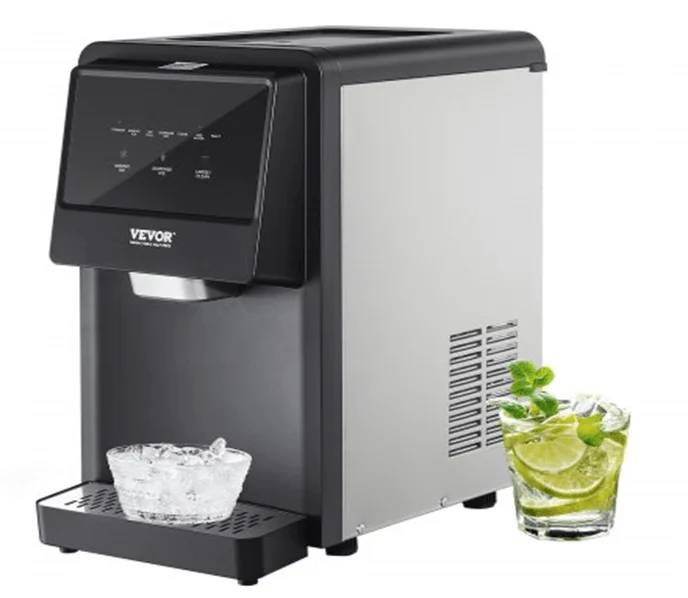
Key Takeaways
- Ice is an important part of our everyday life, and it serves different purposes such as preserving foods, cooling drinks, soothing injuries, and many other uses. Although several factors determine how fast ice is made, you can follow some tips to make your ice quicker.
- One of the tips to make ice quicker is to choose the right ice makers and ice trays. Choosing the best ice makers and ice trays means that you can have fewer worries about slow freezing time.
- VEVOR is a renowned name when it comes to ice makers and ice trays. They provide affordable, quality, and durable ice makers that freeze at the speed of light. So if you need to buy an ice maker, don’t hesitate to go for VEVOR.
FAQS About How Much Time It Takes To Make Ice
What is the ideal temperature for making ice?
The ideal temperature for making ice is generally 0°F (-18°C). Water tends to freeze faster at this temperature.
Should I cover the ice tray?
Yes, covering the ice tray can help to prevent contamination from particles and odors from other items if you are using a refrigerator.
How can I make flavored ice cubes?
To make flavored ice, you choose the flavor you wish to use, prepare the flavors, mix them with water, and pour the mixture into the ice cube tray. Place your tray gently in your ice maker or refrigerator to freeze.


